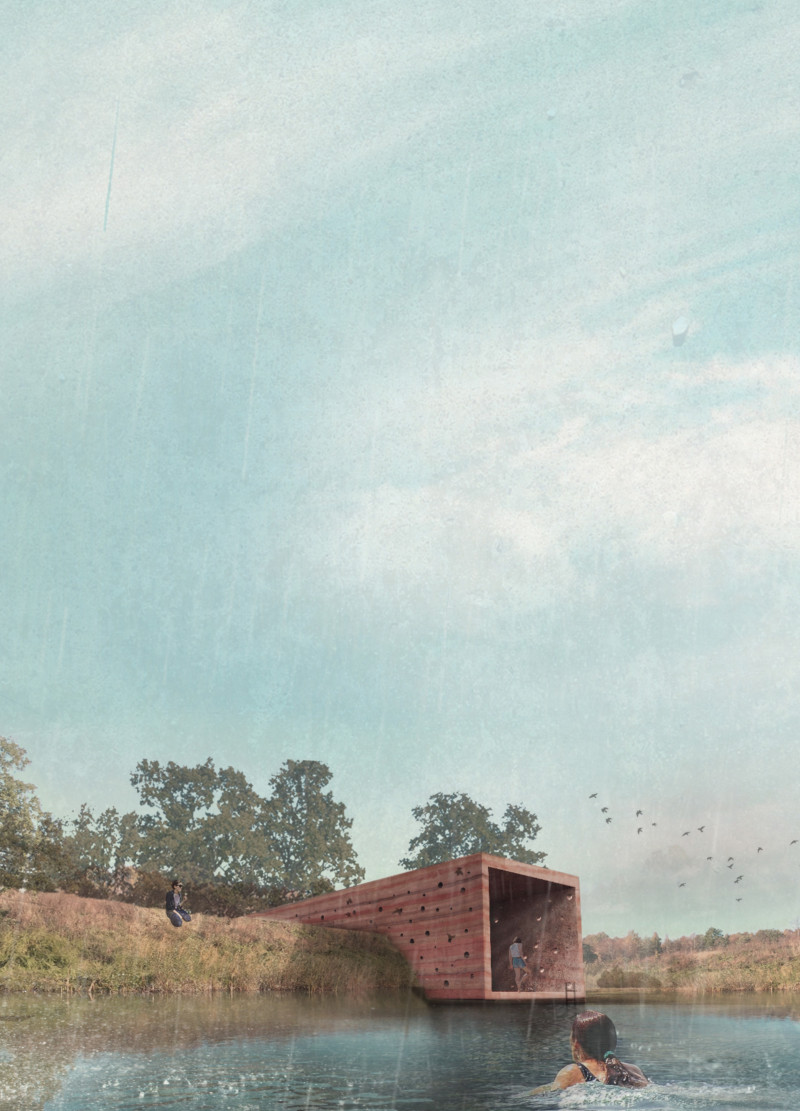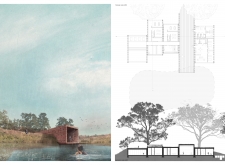5 key facts about this project
### Project Overview
"Clay in Every Way" is a spa design located in Latvia that integrates traditional architectural elements with contemporary sustainability practices. The project aims to deepen the connection between visitors and the local landscape by employing natural materials and innovative technologies. Drawing inspiration from vernacular Latvian architecture, the design seeks to make sustainability an integral part of daily life while celebrating the versatility of clay as a primary material.
### Material Strategy
The material palette reflects a commitment to local sourcing and eco-friendly practices. Clay is employed structurally and as a medium for artisanal methods, enhancing the project's educational aspect. Local wood sources are utilized for both structural integrity and aesthetic continuity, establishing a sense of place. Additionally, rammed earth is incorporated in wall constructions, combining traditional techniques with effective thermal performance. This choice of materials supports not only the architectural integrity but also serves as a platform for community workshops focused on sustainable building practices.
### Spatial Configuration and Functionality
The spatial arrangement consists of interconnected areas that echo organic forms found in nature, allowing for fluid transitions between indoor and outdoor environments. Generous windows facilitate natural light and offer views of the surrounding landscape, contributing to the interior’s inviting atmosphere. The design includes a central water feature that serves both as a visual focal point and as a natural cooling system, enhancing the overall tranquility of the environment.
Spaces are intentionally designed to accommodate both communal gatherings and individual reflection, with a balance of open and private areas catering to diverse visitor needs. Furthermore, green roofs and landscaped zones are integrated into the design, promoting biodiversity and minimizing disruption to local ecosystems, thereby reinforcing the project's commitment to sustainable practices.






















































